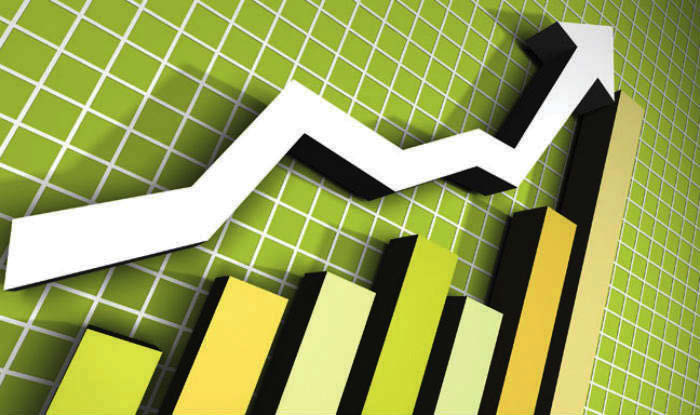MUMBAI (TIP): India should adopt a three-pronged strategy to achieve its long-term potential growth rate of around 8-10% by promoting competition and investing in health and education, while not neglecting agriculture, the Economic Survey 2015- 16 tabled in Parliament on Friday said.
HIGHLIGHTS OF REPORT
Fiscal deficit
- 2015/16 fiscal deficit seen at 3.9% of GDP seems achievable
- 2016/17 expected to be challenging from fiscal point of view
- Credibility and optimality argue for adhering to 3.5% of GDP fiscal deficit target
- Time is right for a review of medium-term fiscal framework
Inflation
- CPI inflation seen around 4.5% to 5% in 2016/17
- Low inflation has taken hold, confidence in price stability has improved
- Expect RBI to meet 5% inflation target by March 2017
- Low inflation has taken hold, confidence in price stability has improved
Current account deficit
- 2016/17 current account deficit seen around 1-1.5% of GDP
Taxes
- Proposes widening tax net from 5.5 percent of earning individuals to more than 20%
- Tax revenue expected to be higher than budgeted levels in FY15/16
Banking & corporate sector
- Estimated capital requirement for banks likely around 1.8 trln rupees by 2018/19
- Corporate, bank balance sheets remain stretched, affecting prospects for reviving private investments
- Underlying stressed assets in corporate sector must be sold or rehabilitated
- Govt could sell off certain non financial cos to infuse capital in state-run banks
- Govt proposes to make available 700 bln rupees via budgetary allocations during current, succeeding years in banks
[td_smart_list_end]
“First, India has moved away from being reflexively anti-markets and uncritically pro-state to being pro-entrepreneurship and skeptical about the state,” the survey said.
“But being pro-industry must evolve into being genuinely pro-competition. Similarly, scepticism about the state must translate into making it leaner. It emphasizes that the key to creating a more captive environment will be to address the exit problem which affects the Indian economy. Second, the Survey calls for major investments in health and education of people to exploit India’s demographic dividend to optimal extent. Third, it says that India cannot afford to neglect its agriculture,” the survey said.
The survey pointed out that the upcoming budget and future economic policy will have to contend with an unusually challenging and weak external environment. It suggests that one tail-risk scenario that India must plan for is a major currency re-adjustment in Asia in the wake of a similar adjustment in China. Another could be the consequence of policy actions, such as capital controls, taken to respond to outflows from large emerging market countries, which would further moderate growth. The survey says that in either case, foreign demand is likely to be weak, which requires the country to find and activate domestic sources of demand to prevent the growth momentum from weakening.
The survey projected real GDP growth for 2016-17 to be in the 7-7.5%range. The Central Statistics Office (CSO) has estimated growth to be 7.6%for the current fiscal year.
However, the survey cautions that if the world economy remains weak, India’s growth will face considerable headwinds. “On the domestic side, two factors can boost consumption—increased spending from higher wages and allowances of government workers if the seventh pay commission is implemented and return of normal monsoon,” it said.
At the same time, the Survey enumerates three downside risks—turmoil in global economy could worsen the outlook for exports, an oil prices rise would increase the drag from consumption and the most serious risk is combination of the above two factors.
The survey cautions that one of the most critical short-term challenges confronting the Indian economy is the twin balance sheet problem—the impaired financial positions of the public sector banks (PSBs) and some corporate houses.
“The twin balance sheet challenge is the major impediment to private investment and a full-fledged economic recovery. Comprehensively resolving this challenge would require four Rs: Recognition, Recapitalization, Resolution, and Reform,” it said.
The survey said banks must value their assets as far as possible close to true value (Recognition) as RBI has been emphasizing; once they do so, their capital position must be safeguarded via infusions of equity (recapitalization) as the banks have been demanding; the underlying stressed assets in the corporate sector must be sold or rehabilitated
(resolution) as the government has been desiring; and future incentives for the private sector and corporates must be set right (reform) to avoid a repetition of the problem, as everyone has been clamouring for.
